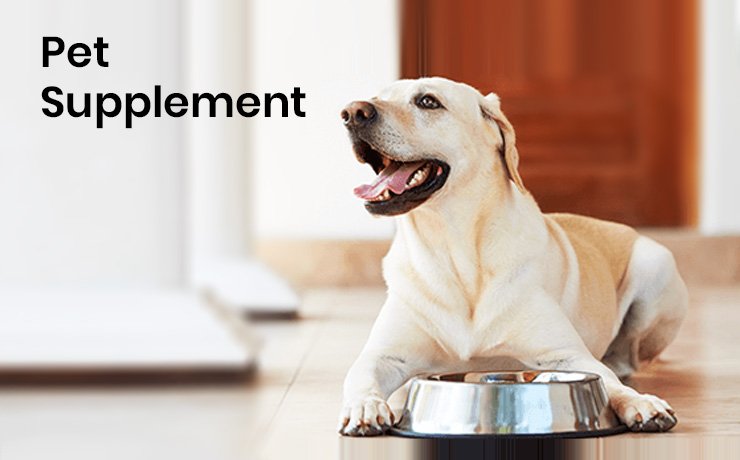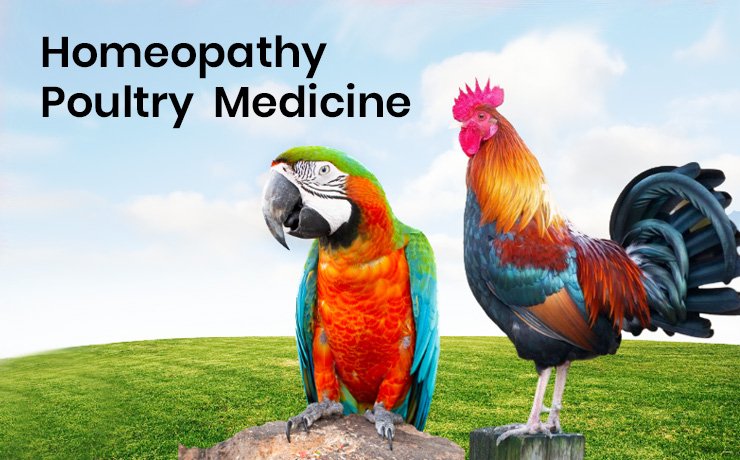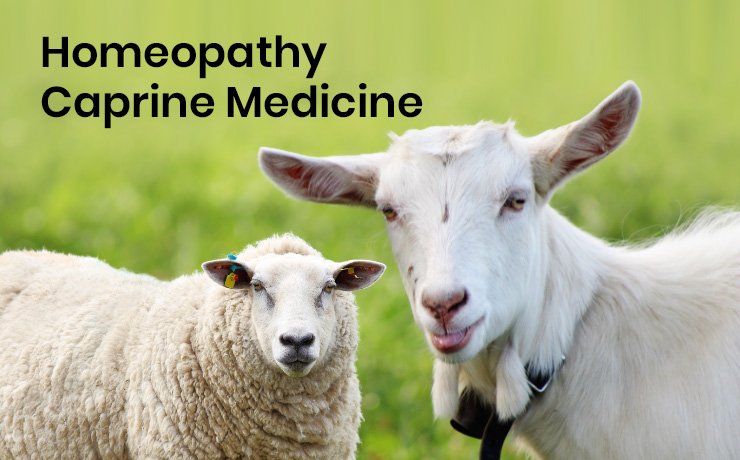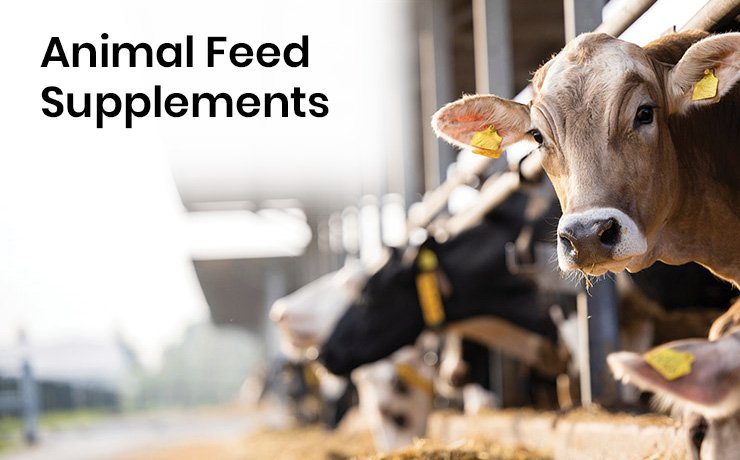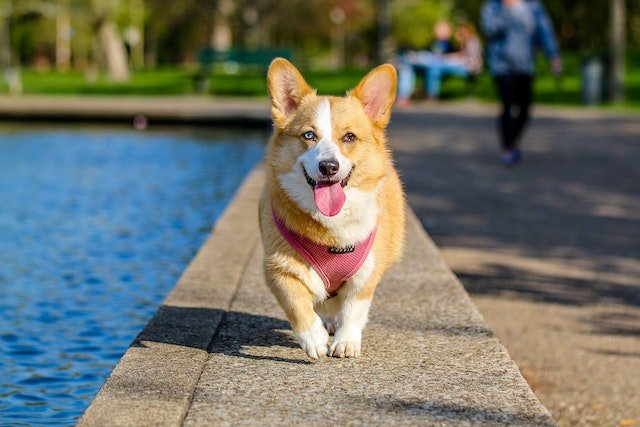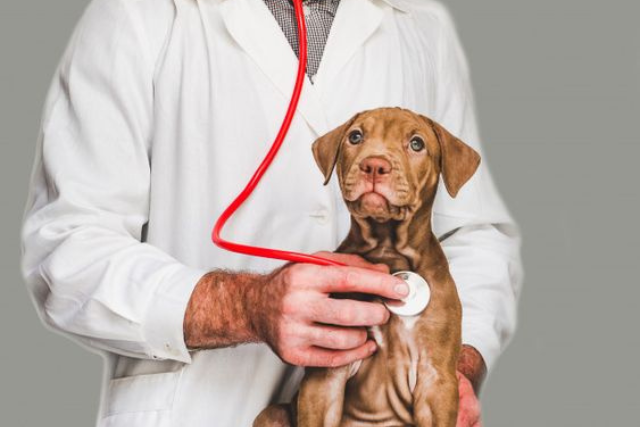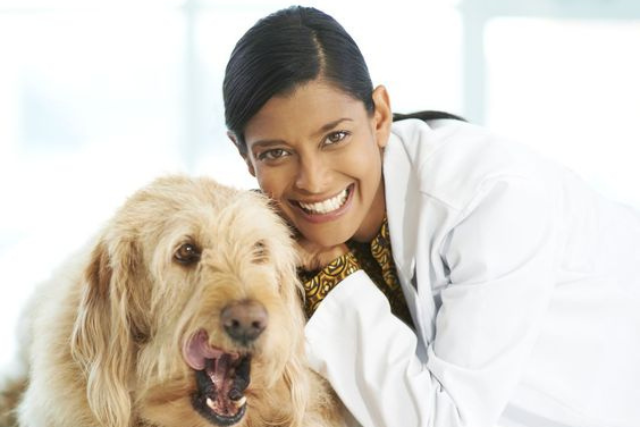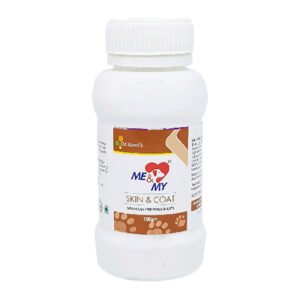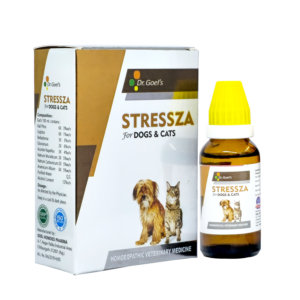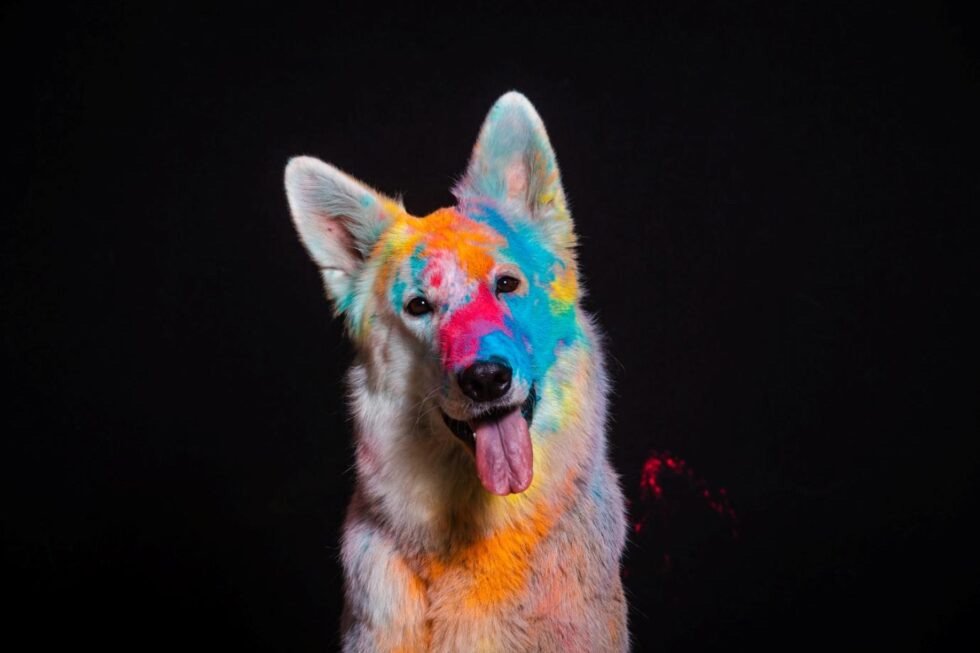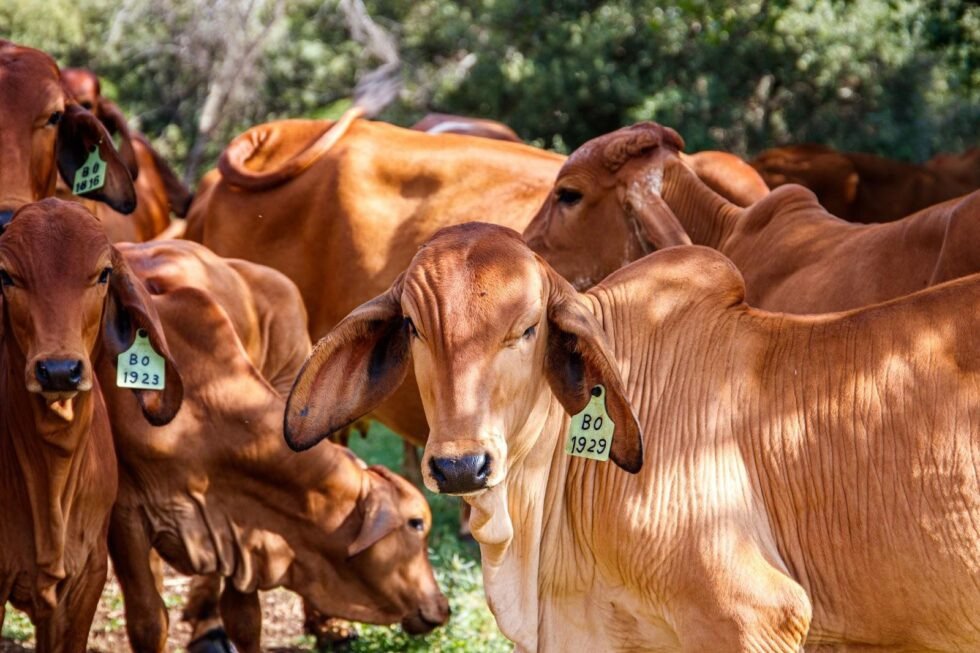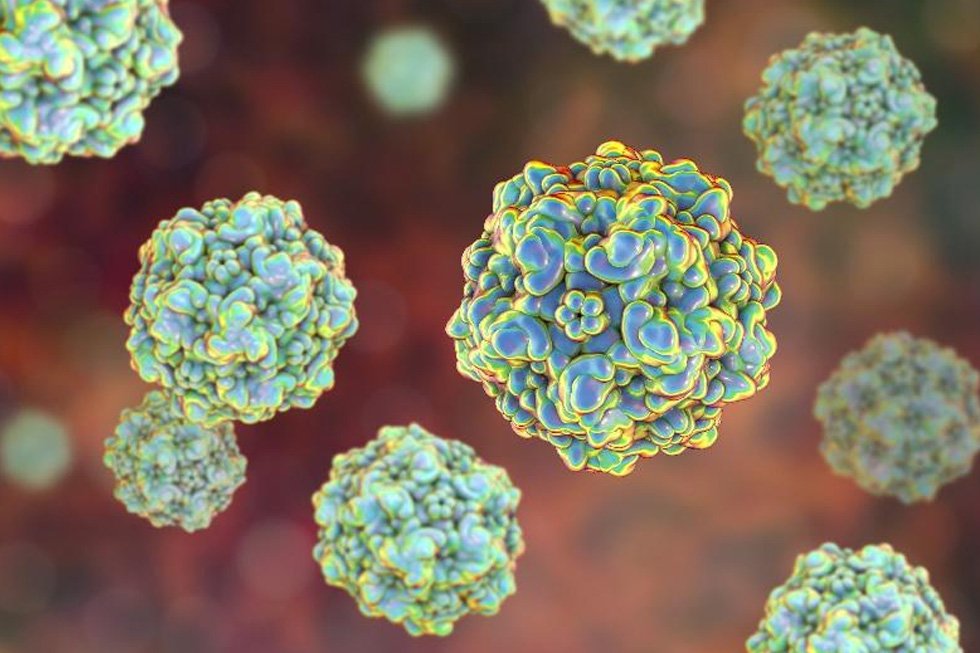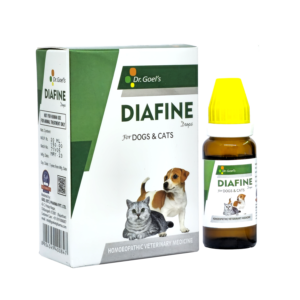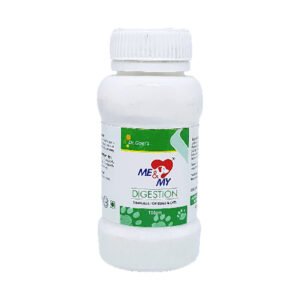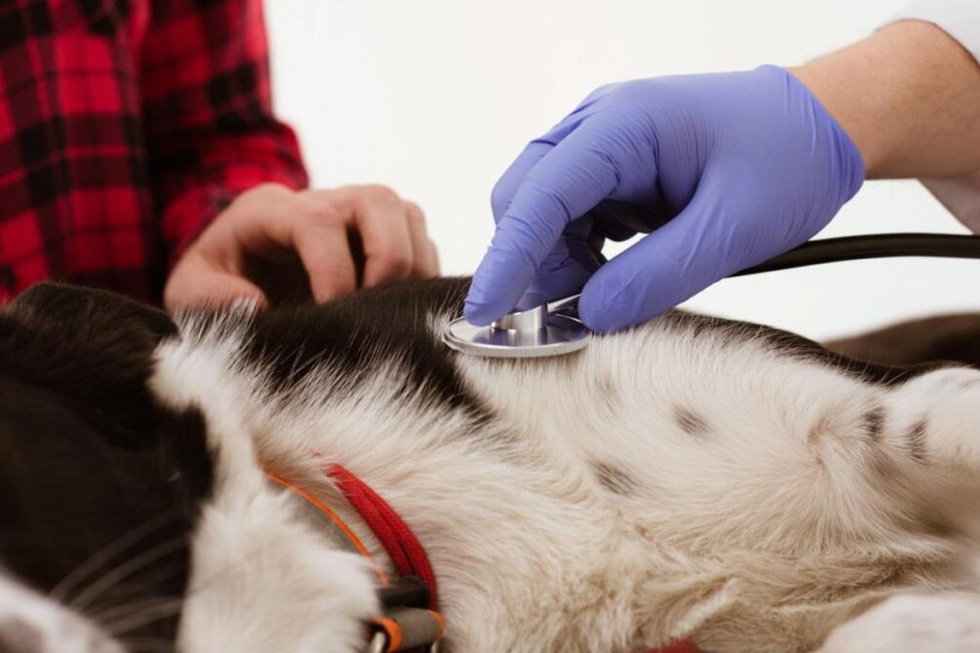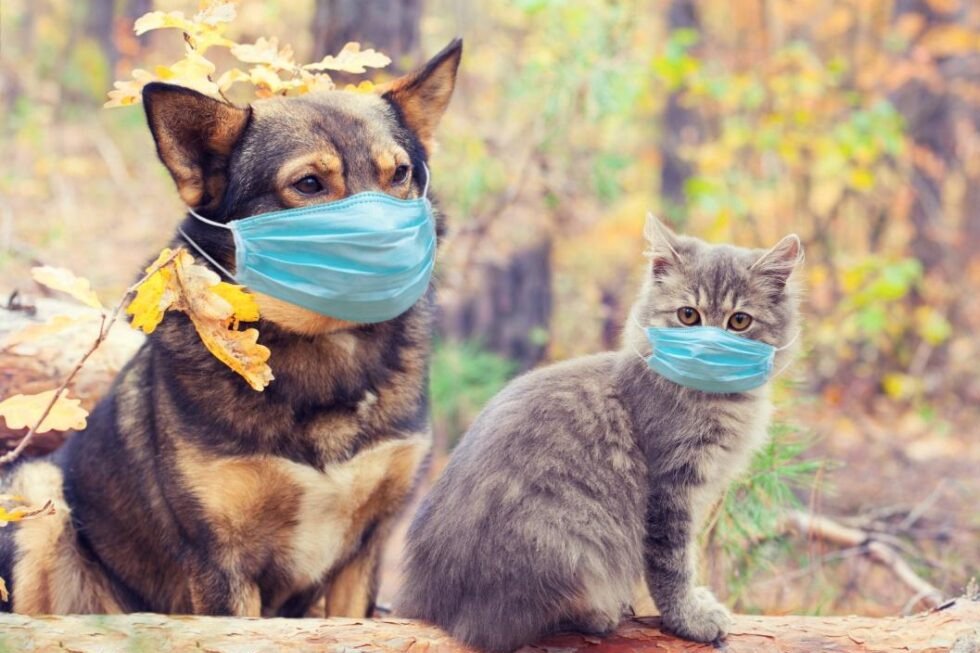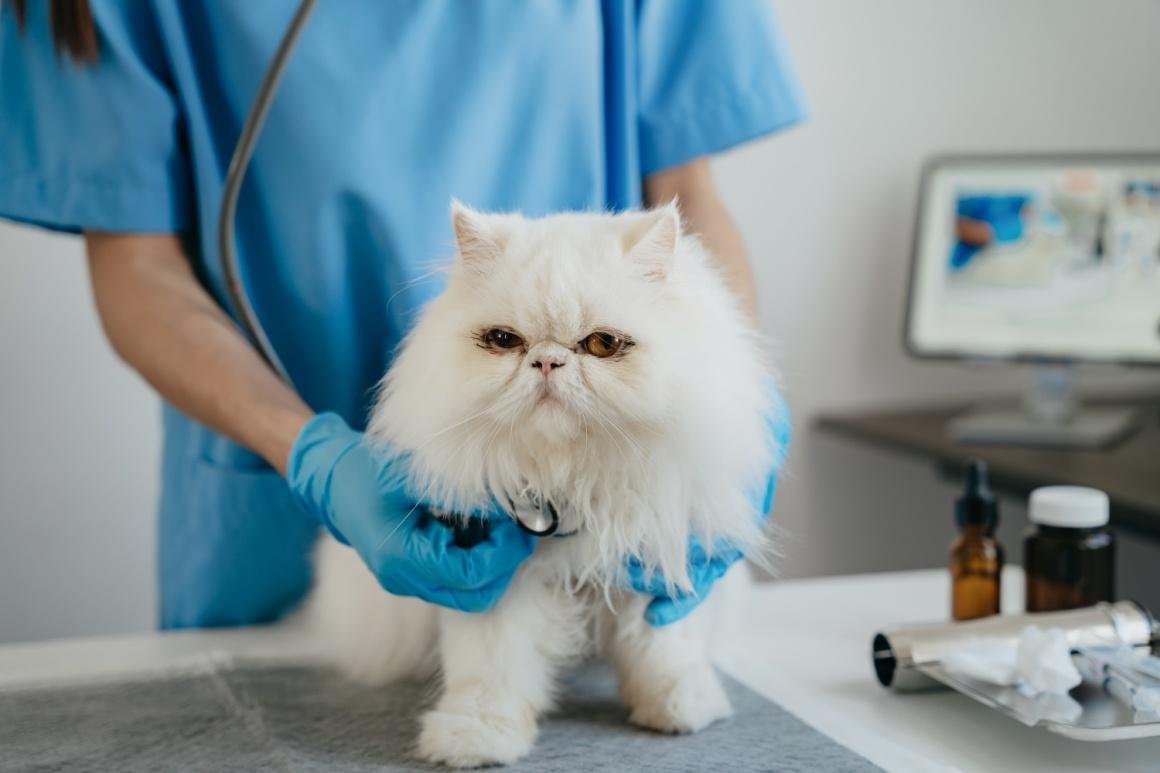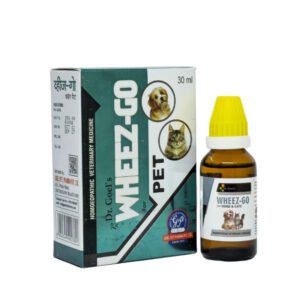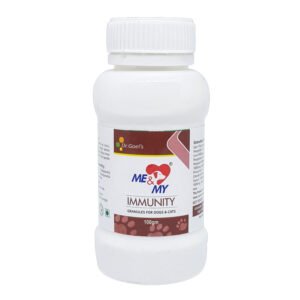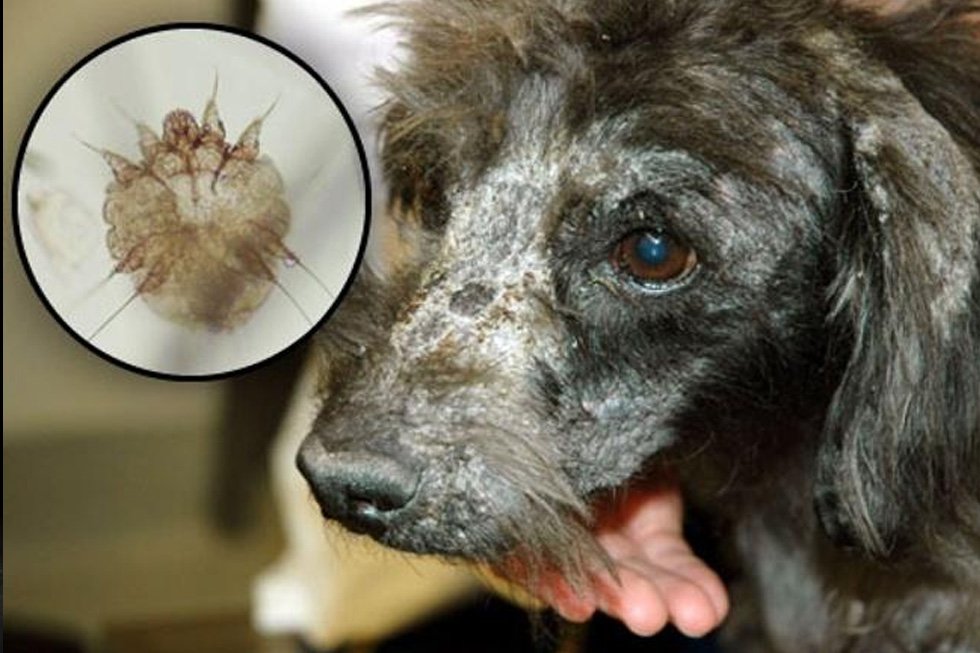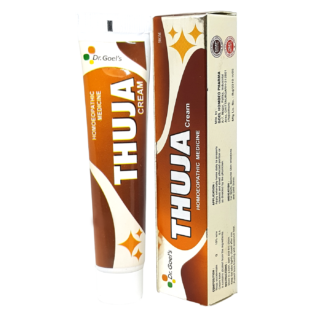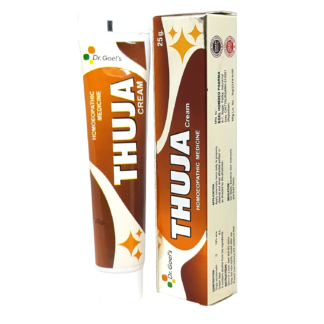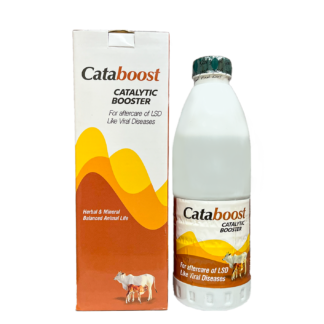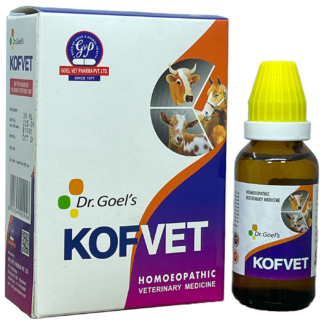My Labrador Retriever: A Comprehensive Guide to Raising a Happy and Healthy Companion
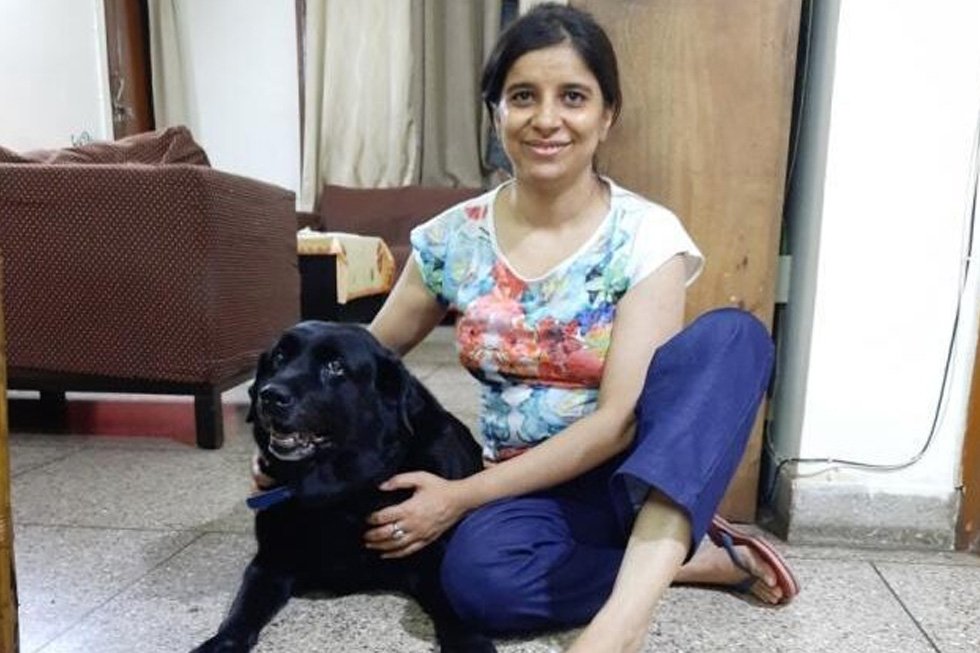
By – Rashi Bisaria
Bringing up Masha, my Labrador Retriever
I had always known Labradors or Labs (as they are popularly known) to be the gentlest, most patient, family dogs known to man. Those liquid eyes with emotional appeal, those fat paws, and their friendly temperament make this breed one of the most sought-after in India. I knew this about Labs when we got Masha into our home. At the age of 2 months, she was the cutest thing around the house. After so many years of being with Masha, here’s what I have learned about bringing up a Labrador. There are so many misconceptions and myths surrounding them and pet parents need to know what’s best for this highly docile breed that only brings affection and sunshine into our homes.
Labradors are foodies:
Research published in the journal Cell Metabolism states that Labradors have a genetic modification due to which they love food more than other breeds. Weight control is always a struggle for Labrador owners as these foodies beg for food, scavenge for scraps and have a tendency to put on weight. Weight increase leads to various health issues. Weight control through a healthy diet and exercise is the biggest favour you can bestow on your food-obsessed Labrador.

Emotional beings:
Labradors are sensitive creatures and pick up on the emotions of their pet parents. They are known to be emotionally demanding as well as giving and hence used as therapy dogs in many countries. They are very emotionally attached to their caregivers and can suffer from separation anxiety too. Therefore, they need to be treated with the utmost sensitivity.
They can develop hind leg problem
If you are planning to get a Labrador home, be prepared for possible hind leg issues related to hip dysplasia or arthritis among other joint problems. Some of these problems can be hereditary but get aggravated by weight problems that are not addressed in time. However, these are problems that can be managed through awareness and timely action. It’s important to check with your vet early on, to prevent or manage these issues.
They are social creatures
Labradors are hugely popular and bask in all the attention they get. Being extroverts, they love to socialise, deal delicately with people of all ages and seek attention all the time. They benefit from social activity, which keeps them alert and happy. They end up developing strong bonds of affection with people and do not like being left alone. They like to be around their humans and display a strong need for attention.

They need exercise
Like many other dog breeds, Labs are energetic when they are young and need lots of exercises. However, when forced to live in small flats and lead a sedentary lifestyle, they can get lazy and become obese. Therefore, it’s important to manage their food and exercise right from the start to control their weight issues and keep them alert. It’s imperative to check with a veterinarian about the required amount of exercise for your Labrador according to his age, weight and temperament.

Labradors are lovable family dogs and need to be treated like family when being cared for. When bringing up these affectionate creatures it’s critical to have complete knowledge about the breed and its requirements.
Homeopathic Solution For All Skin Issues in Dogs and Cats
DERMISULE For All Kinds of Skin Issues in Pets:
ME and MY SKIN AND COAT Homeopathic Supplement
ME and MY IMMUNITY Homeopathic Supplement
STRESSZA FOR PETS STRESS AND ANXIETY
STRESSZA for pets is an excellent remedy for treating Anxiety, Stress, and Canine Distemper. When your fur baby is unanimously scratching, barking, hiding behind, feeling anxious, eating nothing, even sometimes behaving wild or attacking unknowingly, etc. these all symptoms may be due to Anxiety and Stress or due to various causes of Canine Distemper. We have the best solution to all your problems, We have STRESSZA is a unique homeopathic veterinary formulation to relieve stress in pets.
Stressza for pets works for Stress due to Traveling, Crackers in Festive Season, Fighting with stray dogs, Home alone, Visiting Hospital for Vaccination, etc.
ME & MY VITALITY SUPPLEMENT FOR STRESS & ANXIETY
GOHEAL SPRAY FOR Injury, FMD, and Burns

 Australian Shepherd
Australian Shepherd Beagle
Beagle Belgium Shepherd
Belgium Shepherd Bernese Mountain Dog
Bernese Mountain Dog Border Collie
Border Collie Boxer
Boxer Bulldog
Bulldog Cavalier King Charles Spaniel
Cavalier King Charles Spaniel Chihuahua
Chihuahua Cocker Spaniel
Cocker Spaniel Dachshund
Dachshund Doberman Pinscher
Doberman Pinscher Dogo Argentino
Dogo Argentino French Bulldog
French Bulldog German Shepherd
German Shepherd Golden Retriever
Golden Retriever Great Dane
Great Dane Himalayan Shepherd
Himalayan Shepherd Indie Dogs
Indie Dogs Labrador Retriever
Labrador Retriever Pakistani Bully
Pakistani Bully Pembroke Welsh Corgi
Pembroke Welsh Corgi Pitbull
Pitbull Pomeranian
Pomeranian Poodle
Poodle Pug
Pug Rottweiler
Rottweiler Shih Tzu
Shih Tzu Siberian Husky
Siberian Husky Yorkshire Terrier
Yorkshire Terrier Abyssinian
Abyssinian American Bobtail
American Bobtail American Shorthair
American Shorthair Balinese Cat
Balinese Cat Bengal Cat
Bengal Cat Birman
Birman Bombay Cat
Bombay Cat British Longhair
British Longhair British Shorthair
British Shorthair Burmese Cat
Burmese Cat Devon Rex
Devon Rex Exotic Shorthair
Exotic Shorthair Himalayan Cat
Himalayan Cat Maine Coon
Maine Coon Oriental Shorthair
Oriental Shorthair Persian Cats
Persian Cats Ragdoll
Ragdoll Scottish Fold
Scottish Fold Siamese Cat
Siamese Cat Siberian Cat
Siberian Cat Sphynx Cat
Sphynx Cat




















